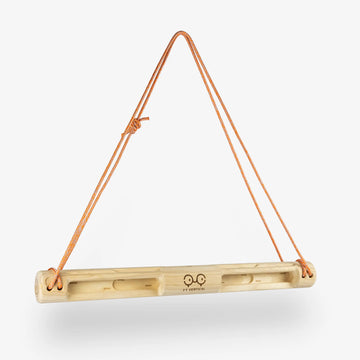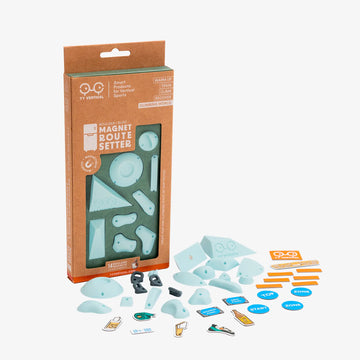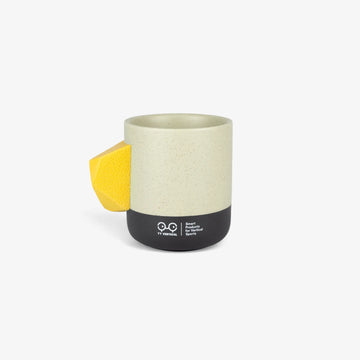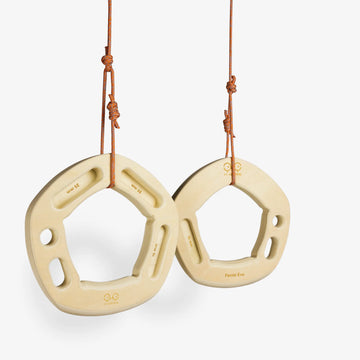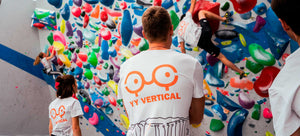
Using a climbing training hangboard for beginners
- 4 min reading
- Expert advice
- Train

Climbing training hangboards are excellent tools for making progress and building finger strength. However, when you're just starting out, the holds can seem inaccessible. You may be able to hang yourself on the deepest holds, but it can become too complicated on the smaller ones.
It's easy to think that the depth of the holds is the only factor in difficulty, but there are other ways of adjusting the difficulty of your workout.
This article is aimed at beginners to hangboard training, proposing methods for adjusting difficulty in order to train effectively, whatever your starting level.
Why use a climbing hangboard when you're just starting out?
Up to a certain level, many people manage without needing to train on a hangboard. However, certain aspects of climbing can be improved by using a hangboard trainer.
In fact, strength indicators measured by climbing coaches show that there is a correlation between success on a difficult boulder and the climber's ability to hold a ruler.
There's no denying that hangboard training is an essential method of building grip strength and upper body power. If your genetics don't predispose you to climbing, this training tool becomes essential to exploit your climbing potential to the full.
Does your finger strength seem to be a weak point in climbing? Do overhangs and small holds make you break out in a cold sweat? Do you feel stuck on a landing you just can't get over?
Then the training hangboard is probably THE right tool to help you progress.

In the rest of this article, we'll explain how to use a climbing hangboard when you're just starting out.
How to use a climbing hangboard as a beginner?
Using your training hangboard properly
To get the most out of your hangboard when you're just starting out, here are a few points to keep in mind:
1. Warm up
It seems obvious to say, but before a training session on your climbing hangboard , warm up as if you were warming up to climb a route!
2. Don't arch
This is essential when you're just starting out: don't do any training that requires you to arch!
(Arched: when, on a horizontal line, the 2nd phalanx is above the first phalanx).
Stay on semi-arched or stretched.
(Semi-arched: when, on a horizontal line, the 2nd phalanx is at the same level as the first phalanx
Stretched: when, on a horizontal line, the 2nd phalanx is below the first phalanx)
3. Don't try to go faster than the music!
Take your time as you progress. Work in stages.
If you can do 10 push-ups, your next goal should be to do 11, then 12, ... Not 50 immediately.
4. Don't get into complicated climbing after a big hangboard session.
Your fingers are made up of small joints which, during normal daily activities, don't benefit from much blood flow.
So after a heavy hangboard session, your fingers are more tired than the rest of your body.
Attempting to climb in this condition considerably increases the risk of injury!
5. Recover after your session
As for the warm-up, it seems obvious to say, but after a training session on your climbing hangboard , recover as you would after a climbing session!
If you finish a hangboard session without taking the time to recover, you'll feel the consequences the next time you climb. Your fingers and forearms will be heavier and stiffer.

Reduce Difficulty
If you're just starting out or lack finger strength, even the deepest hold can seem too demanding.
This doesn't mean that using a hangboard is out of the question, just that you need to simplify the exercise.
To reduce the difficulty, we propose 2 solutions:
Suspending feet on the ground
The easiest way to relieve the strain on your fingers is to transfer some of the weight to your feet.
If your feet aren't already touching the ground when you suspend, we recommend using a chair or crash-pads.
To increase the difficulty, bend your knees more and more to lift part of your feet off the floor (or chair/crashpad).
Making suspensions by shedding weight
The second method is to lighten up.
To achieve this, most training hangboards require a pulley system. This requires the installation of anchor bolts under the hangboard, which then allow the resistance to be adjusted by attaching weights to a harness.
Thanks to its ingenious, easy-to-use system, the VerticalBoard range of climbing hangboards lets you lighten up simply by using an elastic band. Simply thread the bungee of your choice (each bungee has its own specific resistance) through the notch provided or through the central handle, and voilà! No need to install a pulley system.

To get the most out of your bungee cord, once you've hooked it on, just slip your feet through it.
To increase difficulty, reduce the tension in the bungee cord by passing your knees through it instead of your feet. Then switch to a bungee with less resistance.
Durable and high quality, YY Vertical bungees have been specially designed for this purpose.

Endnote:
This article proposes solutions for hangboard training. It's important to progress at your own pace, according to your level of strength and your specific objectives.








